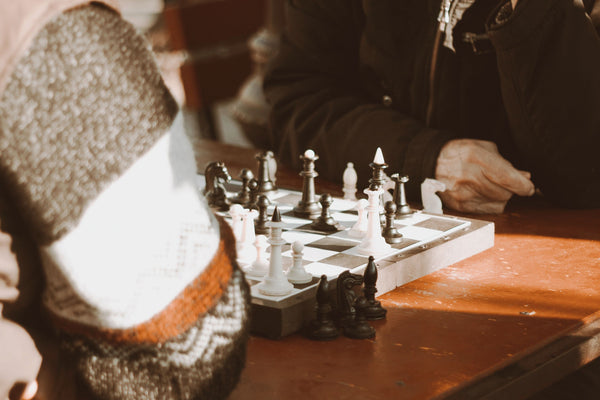Top o’ the morning to ya!
St. Patrick’s Day is just around the corner, and there’s a lot more to this holiday than drinking Guinness and wearing green.This holiday is rich in history and folklore, making it not only one of the most fun holidays but also one of the most interesting!
The History of St. Patrick Himself
St. Patrick was born in Britain in the late 4th century. When he was only sixteen years old, he was captured by Irish pirates and forced into slavery in Ireland. For six years he worked as an animal caretaker before escaping and returning to his family in Britain. Upon his arrival, he became a cleric and shortly after decided to go back to Ireland to convert the Irish to Christianity. In his later years, he served as a bishop in Ireland. He died on March 17th, which is how the date for St. Patrick’s Day was chosen. By the 7th century, St. Patrick was already regarded as the patron saint of Ireland, and in the following centuries, people around the world began celebrating St. Patrick’s Day.
St. Patrick’s Day Traditions - How They Came to Be
The 3-Leafed Shamrock
It is a legend that St. Patrick would teach the Irish about the Holy Trinity using shamrocks with three leaves. The idea behind this is that, just like the shamrock has three leaves in one plant, the Father, Son, and Holy Ghost are three-in-one. This is why many emblems of St. Patrick show him holding a cross in one hand and a sprig of shamrocks in the other.
Drinking alcohol
St. Patrick’s Day falls during the season of Lent, a Christian time of fasting from ordinary pleasures. Many Catholics may choose to avoid drinking during the season of Lent. However, this fast is often broken on St. Patrick’s Day as a celebration of the patron saint’s work in Ireland.
Wearing Green
Before the revolutions against the British, blue was the symbolic color of Ireland, and light blue the color of St. Patrick. Changing the nation’s color to green didn’t come until after Ireland began attempting independence, and even so, Catholics wore green to represent their Irish heritage while Protestants wore orange. Over time, green won over orange as the color of St. Patrick’s Day, which is one reason why we wear green on this holiday.
Pinching
Another reason for wearing green is a little more whimsical. Supposedly, the folklore of the early 1700s encouraged folks to wear green in order to hide from pesky little leprechauns. If you didn’t wear the protective green color, a leprechaun may just pinch you! However, pranksters began pinching people who weren’t wearing green as a warning to watch out for leprechauns, so this is how the silly tradition began.
How will you be celebrating St. Patrick’s Day this year? Will you be participating in any of these traditions?













